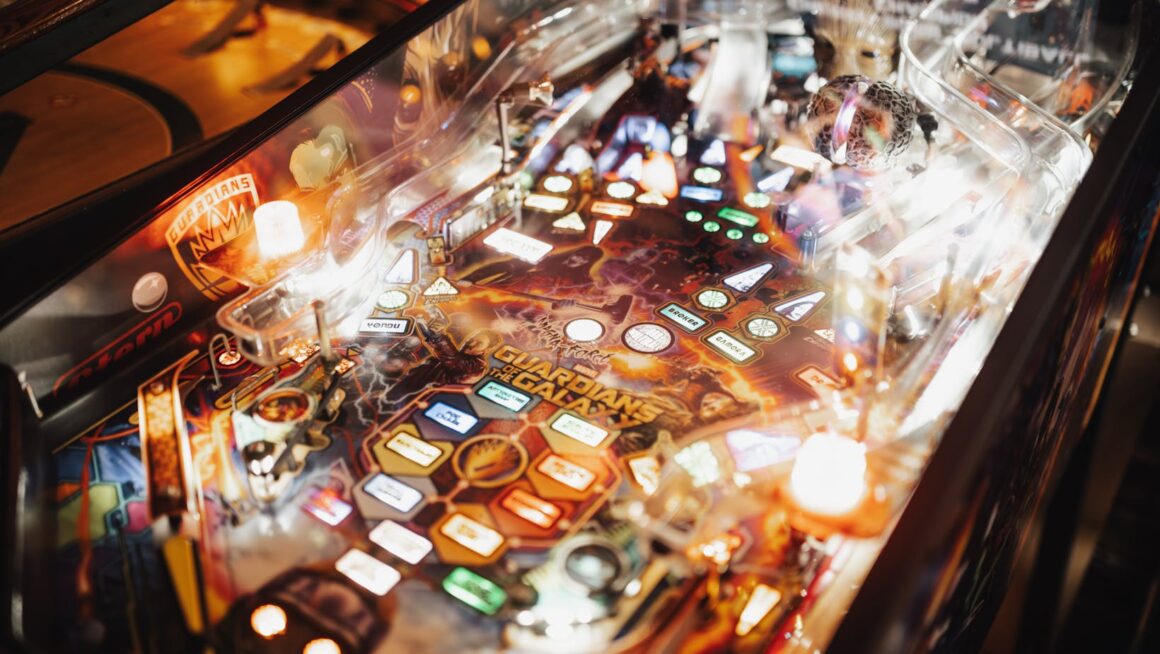Remember those days when you’d spend countless hours at the local arcade, trying to beat your high score on your favorite game? Well, what if you could recreate that same experience right at home? With the rise of DIY culture, building your own arcade game has never been easier or more accessible.
In this article, we’ll guide you through the process of creating your very own arcade game. From choosing the right materials to programming the game itself, you’ll be amazed at what you can achieve with a bit of creativity and determination. So, let’s roll up our sleeves and dive into the fascinating world of DIY arcade games.

DIY Arcade Games
DIY Arcade Games take form through a blend of classic gaming nostalgia, modern tech, and your creative spirit. The process can range from simple assembling to extensive programming. It’s based on three primary aspects: setting up components, establishing software, and perking up appearance.
Setting Up Components
Grabbing hold of the physical body and piecemeal for your arcade game is the starting point. The necessary elements include a cabinet, control interfaces, computer or Raspberry Pi and a monitor. Make a smart cabinet purchase or invest time in a self-built one. It’s the physical expression of your dream arcade. Control interfaces, like buttons, joysticks, trackballs, and sometimes spinners, all add to your playing experience. Your computer or Raspberry Pi functions as the game’s operational base.
Establishing Software
Gaming software is the beating heart of your DIY arcade. Ensure you choose the correct programming to take care of the heart—MAME, Linux, or Windows are prevalent systems. Prioritize the software that supports the most extensive range of classic games. Lastly, make sure the selected software bears compatibility with your hardware setup.
Perking Up Appearance
Sprucing up the aesthetics of your arcade machine gives it a personal touch. Choice of artwork, illuminated buttons, and matching interfaces make all the difference. The crowd’s favorite remains the marquee, paint job, and custom-designed artwork on the sides. To many, it’s the most enjoyable step of creating a DIY arcade machine.

Tips and Tricks for DIY Arcade Games
Boost your DIY arcade gaming experience by mastering these tips and tricks. Having already dived into the basics of setting up and operating your DIY arcade game, it’s time to level up.
- Optimize Software Settings: Perfect the performance of the chosen software, be it MAME, Linux, or Windows. Familiarize yourself with individual platform settings to reduce lag times and enhance game speed. Play around with resolution settings to achieve crisp, clear visuals.
- Advance Hardware Choices: Consider upgrading components. Arcade buttons and joysticks wear down over time. Opt for industrial-grade controls as replacements, similar to ones you’d find in a commercial arcade. Not only do they add durability, but they also improve game responsiveness.
- Wise Artwork Selection: It’s important to choose artwork wisely. The designs on the cabinet may seem like mere decorations, but they play a significant role in setting the gaming mood. Opt for vibrant, dynamic designs that reflect your favorite arcade games or era.
- Spare Parts Availability: Always keep spare parts handy. Buttons can break, joysticks may wear out, and software may occasionally glitch. Keeping spare parts available ensures you’re prepared for unexpected breakdowns.
- Periodic Maintenance Checks: Don’t overlook regular maintenance. Conduct checks for worn-out components, loose wires, or glitches in the system. Regular servicing prolongs the lifespan of your DIY arcade game, keeping it functioning smoothly for longer.
- Personalize User Interface: Customize the user interface to suit personal preferences. Standard interfaces can be a drab. Inject life into the system by personalizing game selection menus or enhancing audio effects.

By incorporating these tips and tricks into your DIY arcade game routine, you’ll not only prolong the life cycle of your system but also enhance the overall gaming experience.
Now, it’s your turn. Use the knowledge you’ve gained to create your own arcade masterpiece. Remember, the limit is only your imagination. So, let your creativity shine and let’s redefine what arcade gaming means together. Happy gaming!
